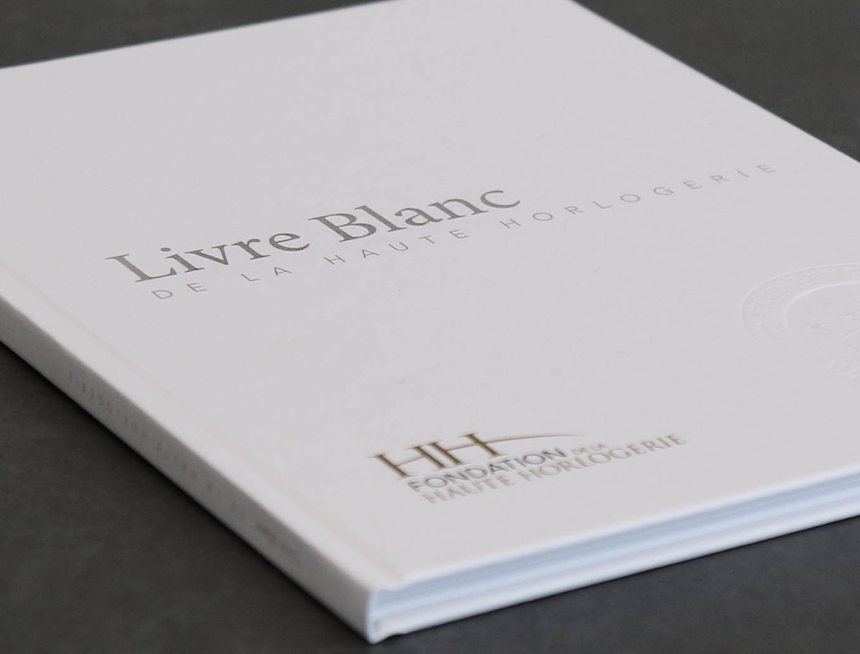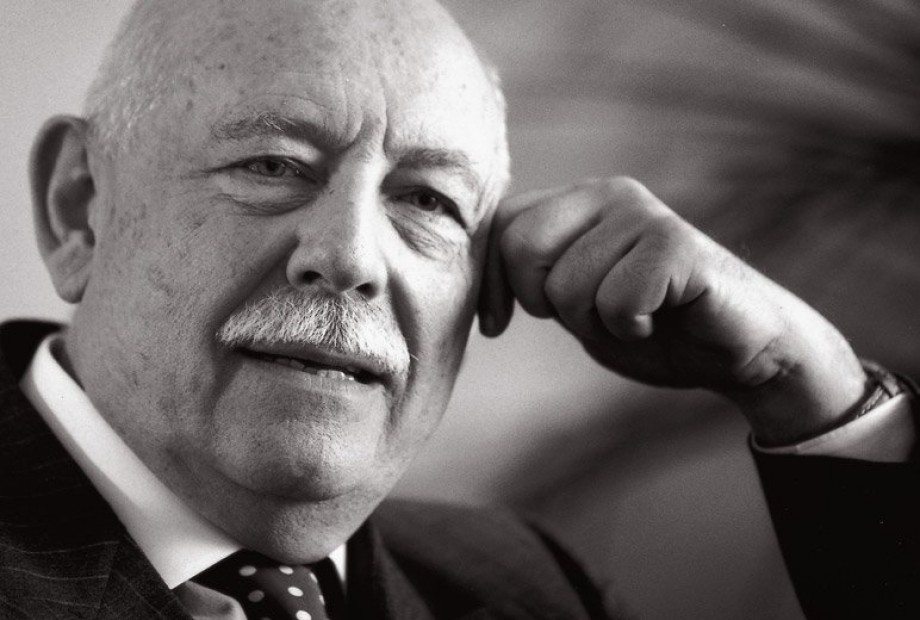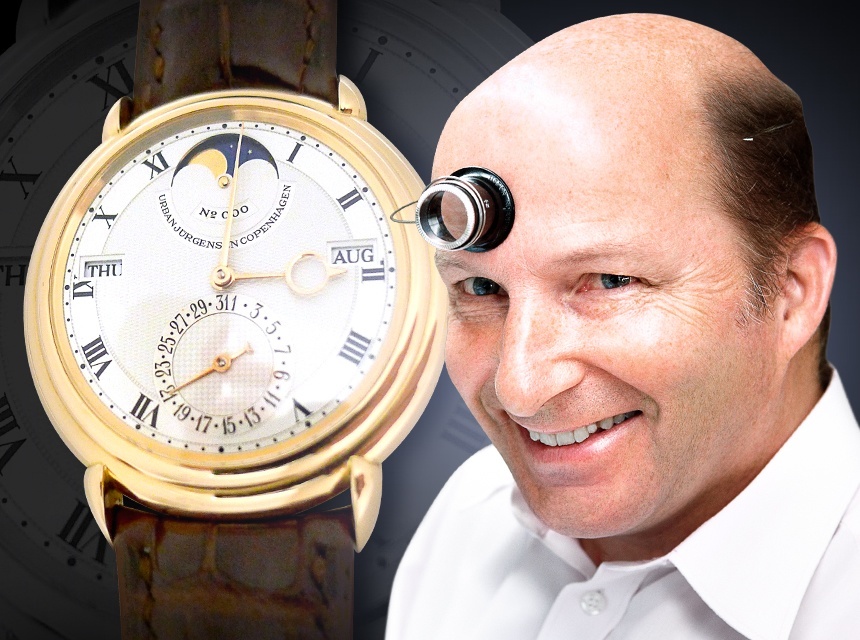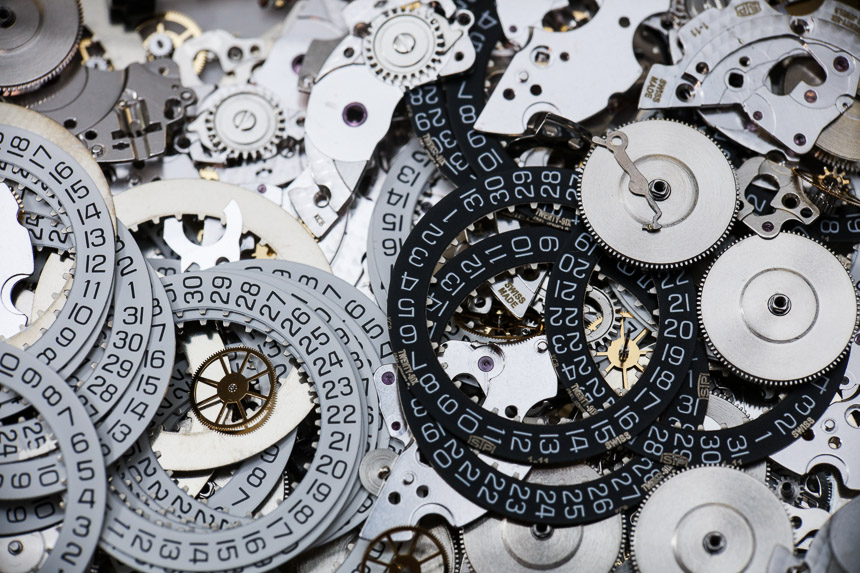
Therefore, the evaluation made in this white paper is as much about the product as the ingredients and the manufacturing processes. It is also evaluating the coherence between what a brand says and what it does. A very central point in the whole process is to understand how much the brand or the artisan is aligned with their communication and their claims.
I had the pleasure of meeting the whole team behind this ambitious task at FHH, and foremost, the man who initiated the project, Mr. Franco Cologni, a living legend of Swiss watchmaking and a founding member of the FHH.
His vision after a long stint as a board member of Richemont, was to create an independent organization capable of endorsing some essential claims of the brands thought to be part of an elite league.
But let’s start with the first question, which is: what is the mission of the FHH and how does it work?
In 2005, three partners decided to create a foundation to promote the values of fine watchmaking: the Richemont Group, Audemars Piguet, and Girard Perregaux.
The three main goals pursued by the FHH are:
- Informing the public on all the aspects of fine watchmaking with exhibitions, publications, and on-line presence
- Training watch professionals – not only the sales people, but also the artisans mastering the crafts that define haute horlogerie
- Acting as the think tank of the elite of the watchmaking – and this is the aspect we are going to focus on in this post.
And last but not least, the FHH is also the organizer of the Salon de la Haute Horlogerie (SIHH), the major event – besides Baselworld – showing every year in Geneva the novelties of la crème de la crème of fine watchmaking.
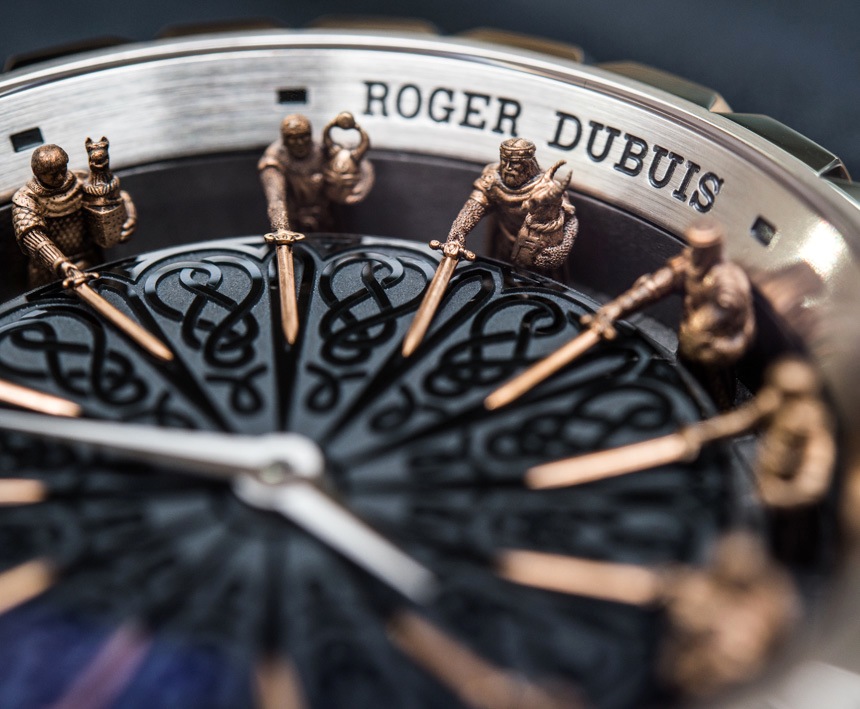
In other words, the FHH is acting as the guardian of the temple, as other official bodies such as the Federation of the Swiss Watch Industry FH are not in such a position – or at least not willing – to define what differentiates fine watchmaking from the rest.
Many years ago, Mr. Cologni wanted to set a benchmark to finally lay down a clear line between the elite of watchmaking and everyone else. Using the FHH as the think tank to become the jury of this challenging task is a legitimate way of saying that the project is not being driven by the interests of only a few brands or luxury groups. The FHH is today funded by as many as 25 brands (a 26th is to be announced soon, and it is coming from the independents’ corner…), and of course, historically and factually, the Richemont Group is still a predominant partner… In a positive way, by providing, for instance, the facilities for the FHH.
Fine, but what is the added value for the clientele of fine watchmaking to know exactly what the criteria are that make you a member or not of this elite league?
In times of transparency, traceability, and genuine values, the luxury industry overall, including the watch industry, is challenged by their existing and their aspirational customers to lay down some of their cards. Not all of them, of course, because – and this is especially true for watches – the industry is still full of mysteries, and sales figures on a brand level do not exist.
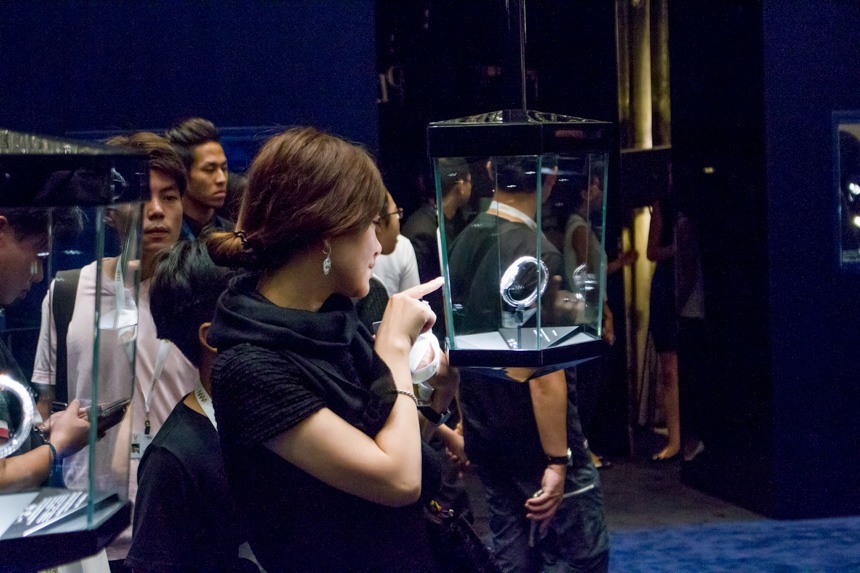
So, the first thing to know is that the FHH is not restricting the access to its label of haute horlogerie by quantities, but by quality criteria mainly. The first criteria chosen to differentiate the brands is the market segment or natural territories of the brands:
- Historic Maisons where you will find, for example, Patek Phillipe and Omega
- Contemporary brands such as Richard Mille, FP Journe, or Parmigiani
- Luxury brands manufacturing products in different categories. Brands like Hermès and Chanel are typical examples
- Artisans-Creators such as Philippe Dufour or Kari Voutilainen
So the remark that I dare to make – and it’s in the interest of the consumers – is that the initial thought was to adapt the selection criteria to players with fundamentally different backgrounds, in terms of size, history, and clients’ focus. Even though Kari Voutilainen produces fewer than 50 watches per year, he is crafting timepieces which are to be measured with the same quality criteria as a maison such as Patek Philippe which manufactures 1,000 times more watches each year.
Both pursue, in their own manner, a quest to perpetuate a tradition of fine watchmaking.
But one was born a few years ago, and the other one continues a tradition of more than 150 years.
Now, we come to the quintessential point of the process, which is: who is deciding what fine watchmaking is, and how are the brands being evaluated?
It was decided at an early stage that the panel of independent experts had to be large enough (46 members) and as independent as possible from the brands.
My only criticism in this respect is the fact that no one from the manufacturing side (cases, dials, hands, etc.) is represented on any board, and that some names I saw on the list are more self-proclaimed than real experts. On the positive side, the panel is cross-cultural and diversified in terms of expertise.
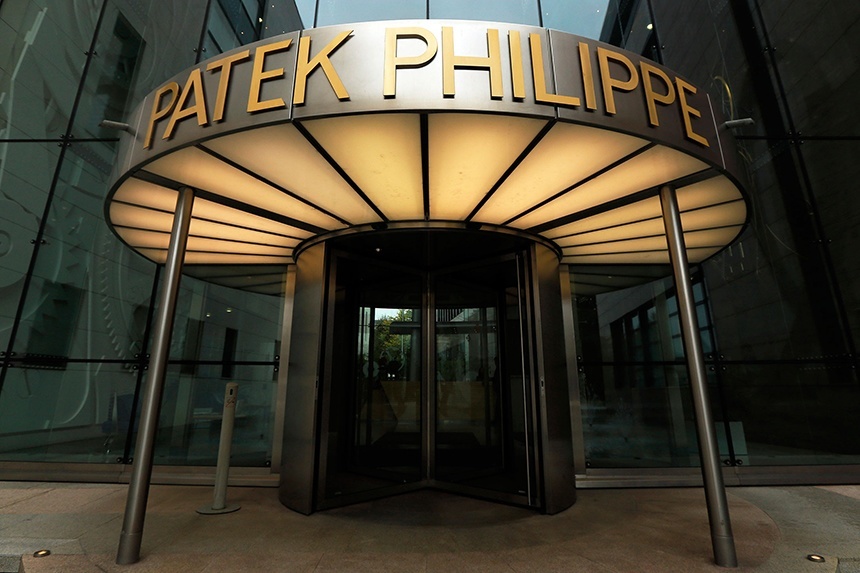
This brings me to the side remark that, at the start of the project three years ago, the steering committee selected 105 brands which received a survey on how they were manufacturing their timepieces, etc. Some of the brands didn’t dare to reply, and some were not selected in the final evaluation. So finally, 86 of them underwent the process, and 64 of them were selected to enter the “champion’s league” of watchmaking.
Of course, some of them now regret that they haven’t been more active or… less arrogant.
So how are the brands being evaluated?
The brands are measured in seven different areas of expertise:
- R&D, Production and technical expertise
- Style, design, and artistic expertise
- History and DNA
- Distribution and after-sales service
- Connoisseurs and Collectors
- Brand image and communication
- Training
This is a very good range of internal and external elements that qualify a brand and its products. It addresses where the brand comes from and where it wants to go.
We will go into more details of each criteria later on.
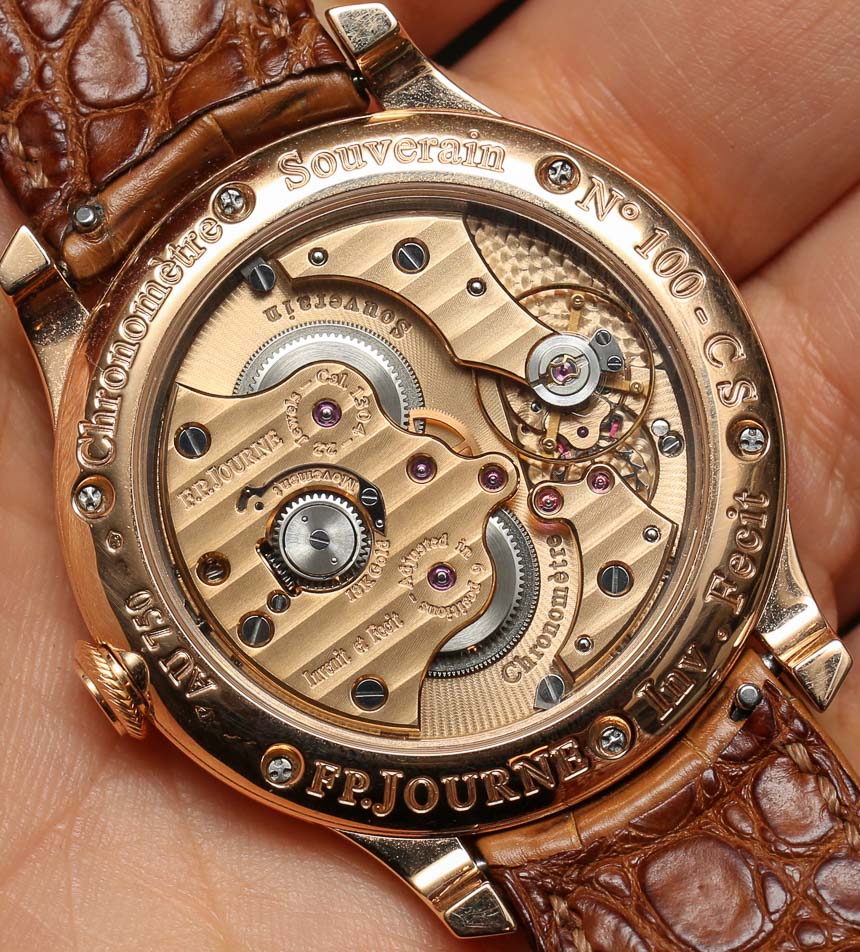
The panel of experts is provided with the data that the FHH is capable of providing them with. In other words: in the watch industry, many aspects such as the sourcing of components (e.g., parts of the movement) are kept very secret, and there are no surveys available. So the primary data used in this evaluation is based on the goodwill of the brands themselves willing to give the information for the survey sent to them by the FHH or the knowledge that is publicly available.
Each member of the cultural council evaluates the brand by giving it a grade from 1 to 10 for each area and a 65-35% weighting between objective (measurable, differentiating, etc.) and an individual appreciation.
Mr. Pascal O. Ravessoud of the FHH told me that the toughest experts in the field of the subjective evaluation were the watch collectors sitting on the different boards. And that might prove to be a main asset for the consumers reading this white paper and the list of members because it reflects the real market’s point of view.
Each domain of expertise was then divided by criteria, which by its essence can be questioned, but overall I think that the project team has done very good work.

